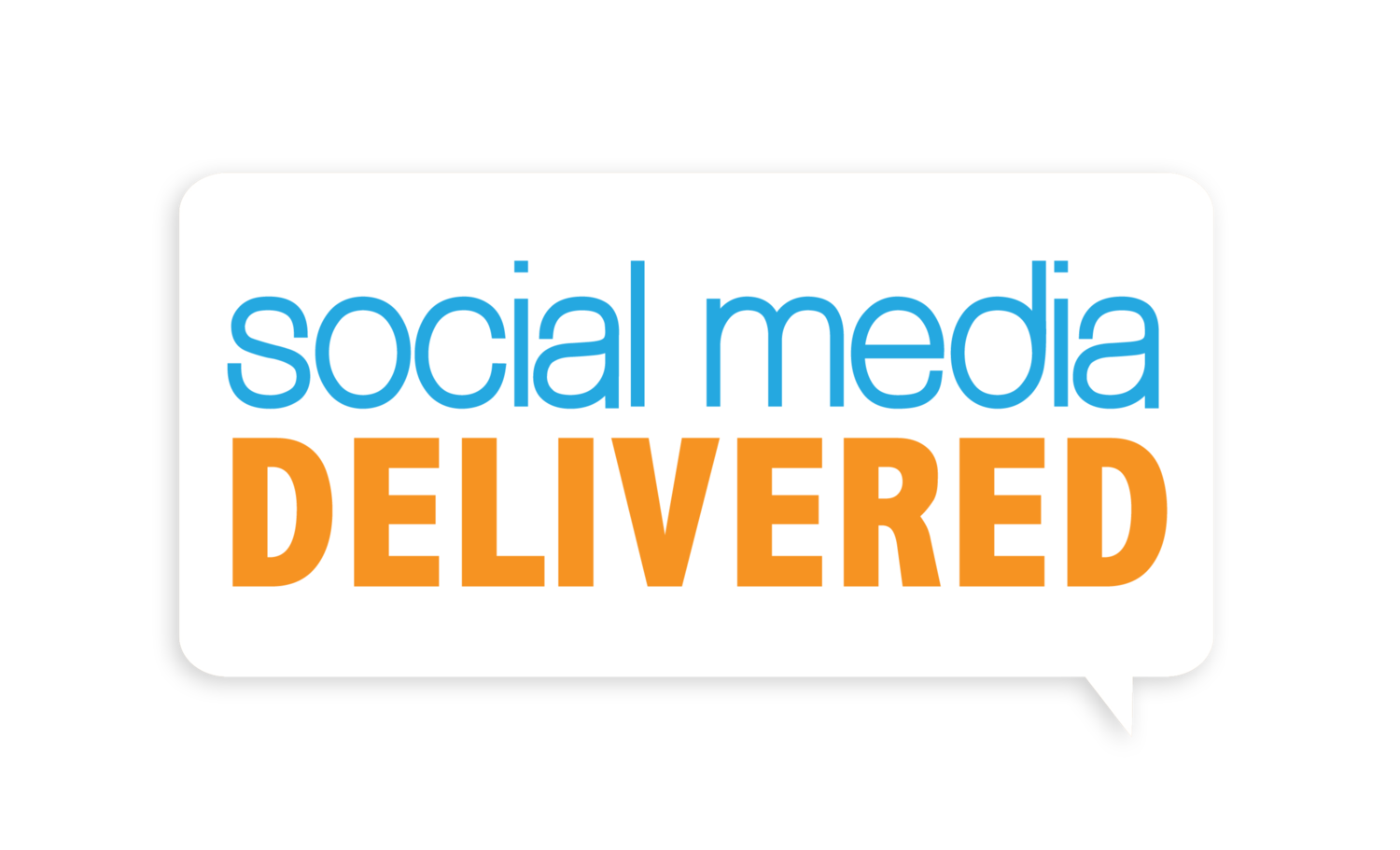LinkedIn Groups: Maximizing the Strength of Your Network
Brandie Broihier | @BrandieNic The value of LinkedIn lies not in solely the strength of your profile, but in how you network within the sight. Through recommendations, connections, applications, and groups, LinkedIn provides the best online networking experience.
By now, your profile on LinkedIn should have an eye-catching summary of your accomplishments and interests, a mirror image of your resumé, and applications linking your profile to the other social media platforms you use.
How do I join groups?
We hope you are also participating in what has the potential to be the best method for networking you will find within LinkedIn, groups. Groups are gathering popularity on the site, and you can search for groups the same way you search for connections.
Just choose "Groups" from the drop-down menu next to the search box. As with most search functions, you can filter your results using the advanced search page to find groups most suited to your needs. Check out which groups your connections participate in as well; this is another great way to find the most relevant groups for you.
Why are groups important?
 The value of LinkedIn groups comes not just from the conversations and networking that happen between members, but also by increasing your social reach - in this case, your ability to connect to people through LinkedIn. As you sort through groups, do not hesitate to join those that are open to the public. You can be a member of 50 groups with a free LinkedIn account.
The value of LinkedIn groups comes not just from the conversations and networking that happen between members, but also by increasing your social reach - in this case, your ability to connect to people through LinkedIn. As you sort through groups, do not hesitate to join those that are open to the public. You can be a member of 50 groups with a free LinkedIn account.
You can connect with and send LinkedIn messages to all group members when you join a group. This function is extremely beneficial as you can now directly message new group connections, whereas your direct "in-mails" through LinkedIn are limited.
So I joined some groups. Now what?
Take some time to participate in relevant groups, listen to the conversations happening, and get to know key members. Connect with those people and work to build relationships with them. If a group isn’t helpful, leave it and look for another. Some groups also include subgroups for more focused networking and conversations, so don’t forget to investigate those, too.
These groups aren't connecting me to prospects, why not?
"Opposites Attract." When you chose your groups, how did you pick what to join? Most often, people filter based on their interests and skills. While this sounds logical and makes sense, you have now found yourself in groups with people just like you.
Now that you are familiar with how groups work, go back and think about your target audience. If you are skilled in sales, do not join only groups with other sales professionals. They aren't going to become your client (though you may pick up some valuable information through participation).

Ask yourself a few questions:
- Take the time to put yourself in your customer's shoes. LinkedIn groups will yield prospects, connections, and information providing that you are looking in the right places. Find the most appropriate and useful groups for yourself and start participating.Who is in my target audience?
- What groups are they in?
- What will I say to them to make connections?
Read these blogs for more information on LinkedIn:

